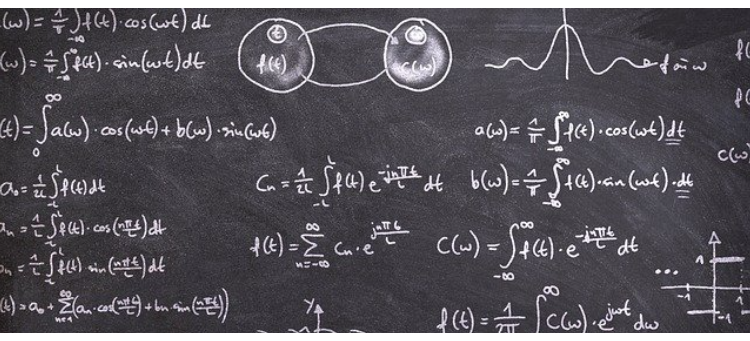
Machine Learning
Imitate and learn are not the same, and here we find the main difference between AI and ML. Machine Learning is a subfield of Artificial Intelligence, which seeks to give machines the ability to learn.
This learning can be classified in “Supervised Learning”, “Unsupervised Learning” and “Reinforcement Learning”.
“Most of human and animal learning is unsupervised learning. If intelligence was a cake, unsupervised learning would be the cake, supervised learning would be the icing on the cake and reinforcement learning would be the cherry on the cake.”
Yann Lecun
This types of learning can be classified using the following table, according to this lecture given by Alex Graves from Deepmind:
Supervised Learning
Type of learning based on discovering the relationship between the inputs and the outputs of a model. The learning comes from showing to the algorithms which is the result you want to obtain for a determined value.
After showing the algorithm a lot of examples of what you want to get, it will be able to give a correct result, including the times when providing values that it hasn’t seen before (if the conditions are the proper ones, we will talk about this in the next articles).
In mathematical terms, what we want to achieve with supervised learning is to fit a function y = f(x), x ∊ ℝᵐ, given paired training examples {(xᵢ,yᵢ)}.
The key point here is to generalize well to unseen examples.
Unsupervised Learning
Unsupervised Learning is a paradigm that manages to produce knowledge only from the data provided as input, without the need to explain to the system at any time what is the result we want to obtain.
This can be a very abstract definition. The challenge of this type of learning is not having any kind of response example with which to know if the algorithm is behaving properly. However, the main advantage of unsupervised learning is that the datasets that we need to train this kind of models are easier to obtain, as we don’t need to label our data.
What these algorithms do is to look for similarity patterns of input fields. The interesting thing is that algorithms of this type are capable of discovering perfectly what is the internal structure that has generated the data itself. This is why the community thinks that the future of ML algorithms will be based on unsupervised learning.
Reinforcement Learning
Imagine that we have an agent in an unknown environment, and it gets a reward from interacting with that environment. The goal of reinforcement learning is to get the agent to learn a good strategy from experimental trials and relatively simple feedback received in order to get the maximum cumulative reward.
The use of reinforcement learning techniques has increased in the last years as we have seen huge achievements accomplished with the use of neural networks. Some examples are AlphaStar from Google Deepmind or the PPO algorithm from OpenAI. Reinforcement learning has a bright future in industry, as we are currently seeing with the progress in fields such as robotics or self-driving cars.
This is a very simplified vision of what reinforcement learning is, and we will talk about it in future blog articles.
